The natural sign in music is a little different to the other signs you may have heard of, most specifically the double sharp, double flat, sharp or flat signs.
The sharp sign will raise a note by a half step and the flat sign will lower a note by a half step. Double sharps raise a note by a whole step (two half steps) and double flat signs lower a note by a whole step (two half steps).
The accidental sign, natural, simply instructs the performer to perform a note at its natural pitch.
How To Draw A Natural Sign In Music
How do you draw the natural symbol in music notation?
The natural sign looks a little bit like a sharp sign but some of the lines are not as long. The space in the middle of the natural sign is placed exactly in the space or the line of the note it is specifically for.
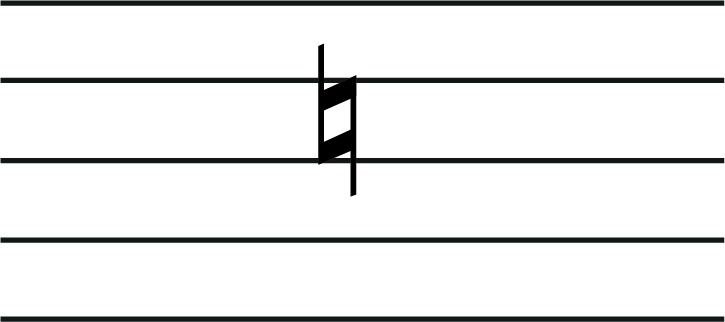
What Does A Natural Sign Do In Music
We call a note ‘natural’ when it is neither sharp or flat. A natural note is a note that is in it’s normal state. For example, if you look at the musical alphabet:
A B C D E F G
All of these notes will be natural.
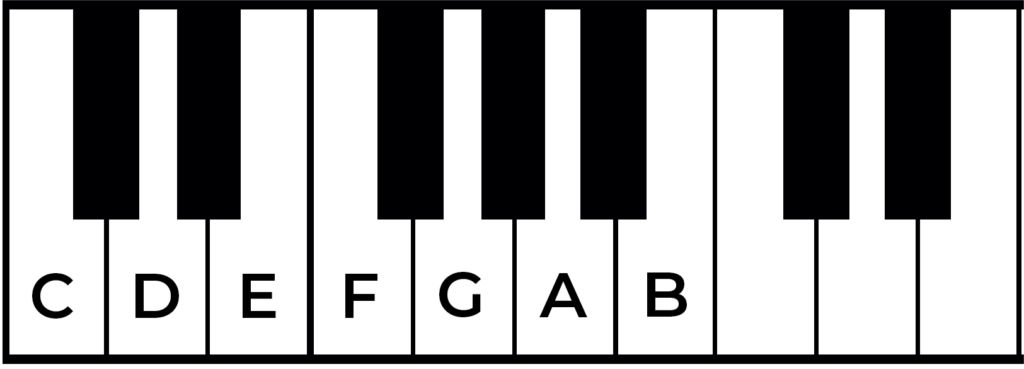
These notes are essentially all the white notes on the piano. The black keys are all sharps or flats. If you look below at the image of the piano you can see that each white key is a letter from the music alphabet. In order to label the black keys you would need to use either one sharp or flat, meaning that black notes can never be natural.
The only major scale that is comprised entirely of natural tones is the C natural major scale! As you can see below it is played entirely on the white keys of the piano keyboard. No other major scale is comprised entirely of natural notes.
The notes will be C D E F G A B

The only minor scale that is comprised entirely of natural tones is the A natural minor scale. As you can see below it is played entirely on the white keys of the piano keyboard as well. A minor is related to the C major scale and this is why it is comprised entirely of natural notes.
The notes will be A B C D E F G

Both of these scales have nothing in the key signature. A key signature is what is written at the start of a piece of music to tell the performer if there are any sharps or flats in the piece of music.
Natural Signs – The Rules
Using natural signs in music does come with some important rules.
- You will rarely use a natural sign in key signatures. A natural sign is not used to show a key as it is presumed that each note is natural unless shown other wise. If you do see a natural sign in a key signature, this is usually because the composer is trying to tell you that the want to cancel one of the original accidentals (changing the key signatures).

- A natural sign cancels previous accidentals. If the previous note in a bar has a sharp or flat sign on it, then a natural sign can be used on the same note to cancel the previous note accidental. This also applies to a sharp or double flat.

- If the natural sign is used to cancel an accidental from a key signature, then this will only last for that one measure. The natural sign should be placed on the left hand side of the note of the same letter name. After the next bar line, the sharp or flat from the key signature will be relevant again from the next measure.

- The natural sign must be placed on the same space or same line as the note it applies to. It must also be written to the left hand side of that note.
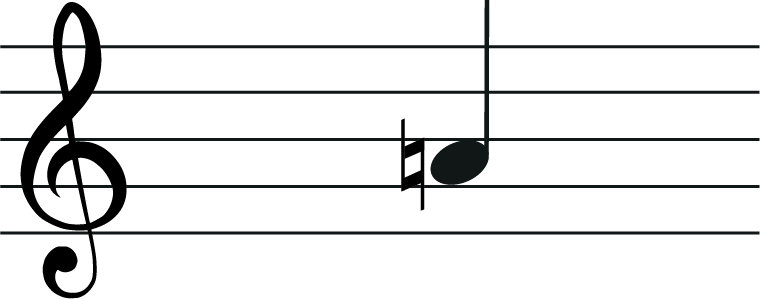
A Note On the Double Natural Sign
Sharp and flat signs can also become double sharp or flat signs. A double sharp sign looks like this:
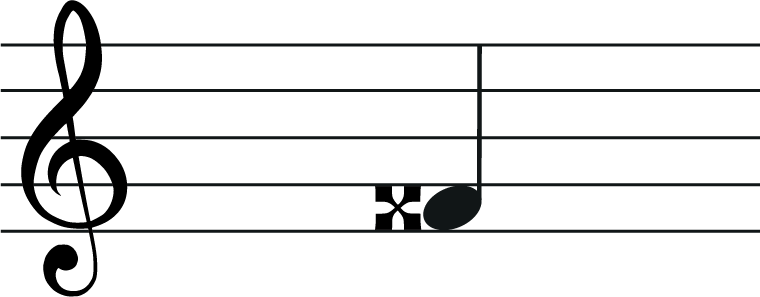
A double sharp sign raises a note by two half steps (a whole step).
A double flat sign looks like this:
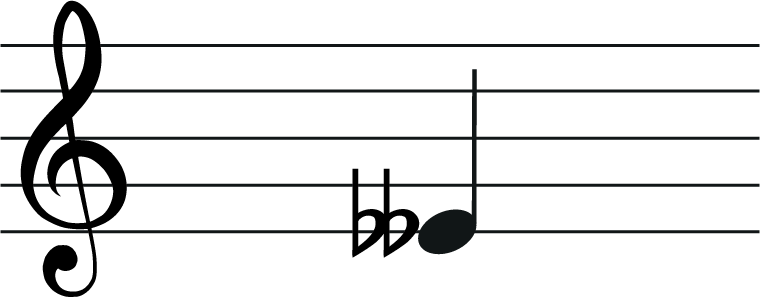
A double flat sign lowers a note by two half steps (a whole step).
However, a natural sign is not as easily doubled! In modern music you will almost never see a double natural tone and this is because a single natural sign on it’s own is sufficient to cancel a single sharp, a single flat, a double sharp or a double flat!
Music from previous centuries however did require a double natural sign to cancel a double sharp or flat and this is what it would have looked like:

